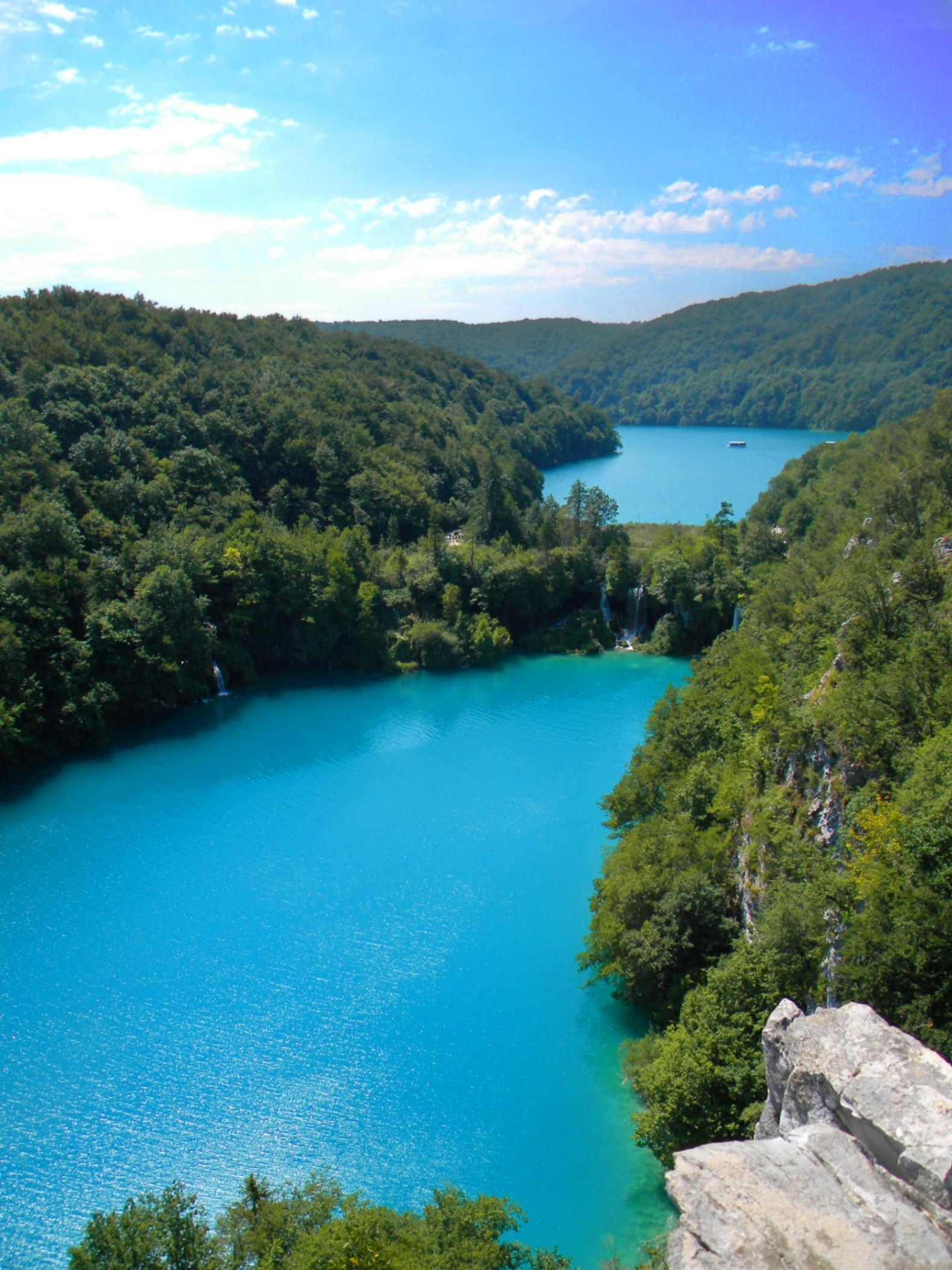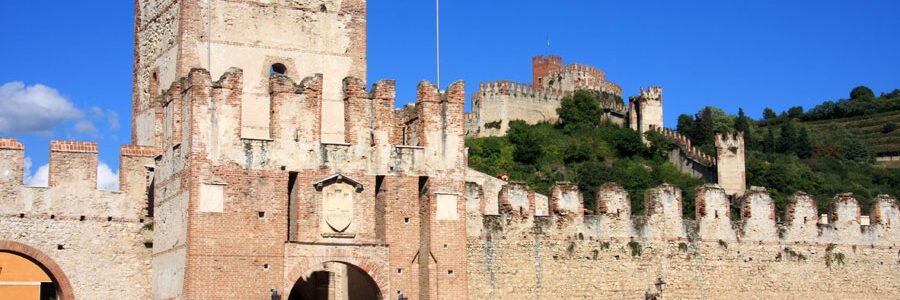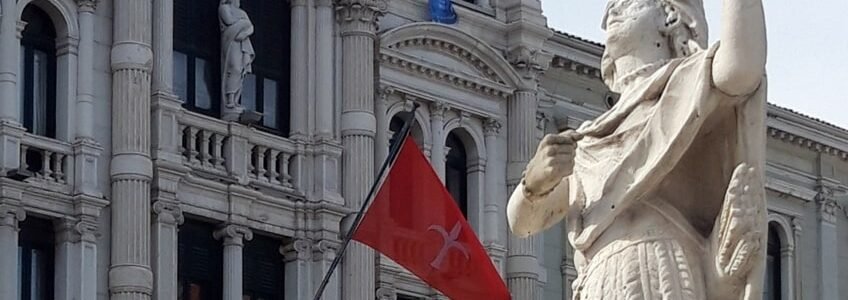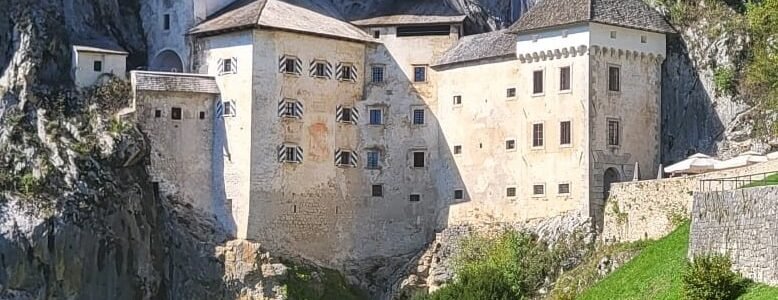Discovering Plitvice Lakes
Discovering Plitvice Lakes
Discovering Plitvice Lakes
Plitvice Lakes National Park covers nearly 300 square kilometers in central Croatia. It’s a region shaped by water and limestone, where lakes spill into each other through a network of natural dams. Unlike many scenic spots in Europe, this park isn’t centered around a town — there are no souvenir strips or cafes lining the lakes. The focus is entirely on nature and how to move through it.
The park was declared a UNESCO World Heritage Site in 1979. Its reputation draws people from across Europe, but its layout, with dozens of kilometers of wooden boardwalks, helps absorb crowds — especially if you start early.
A Clear Way to Understand the Layout
There are 16 named lakes in the park, divided into two main groups: the Upper Lakes and the Lower Lakes. Most people begin at Entrance 1 or 2, depending on which section they want to explore first. The Upper Lakes are more spread out and shaded by forest, with quieter paths. The Lower Lakes are more dramatic, with narrow cliffs and bigger waterfalls.
It’s possible to walk the entire loop in one day, but most visitors choose one section or the other. For a balanced visit, many combine hiking with boat and shuttle rides. Kozjak, the largest lake, sits in the center and can be crossed by electric boat — a welcome break in a full day of walking.
Getting There Without Guesswork
There’s no train station nearby, and bus options vary by season. Driving remains the simplest way to reach the park. If you’re coming from Slovenia or Italy, it makes sense to base yourself in Ljubljana and continue from there. A private transfer from Bled to Plitvice saves time and allows you to plan a direct route into Croatia without extra stops or connections.
The drive from Ljubljana to Plitvice takes about 3.5 hours, depending on border traffic. Entry tickets should be booked in advance during the high season. Parking lots are clearly marked, but they fill up quickly — especially at Entrance 1.
Routes and Time Management
There are eight official walking routes (marked A–K), each with estimated durations and difficulty levels. The shortest loop takes 2–3 hours and stays near Entrance 1, while longer routes stretch to 6–8 hours and include both lake systems.
Start as early as possible. By 10:00 a.m., the boardwalks near Veliki slap (the Big Waterfall) often have lines. Avoid trying to cover the entire park late in the day — the paths are one-way in sections and often involve stairs and narrow platforms.
More Than Just Walking
Boardwalks aren’t the only way to explore. Kozjak Lake has frequent boat departures included in most entrance tickets. These electric boats are quiet and move at a slow pace, letting you take in the view. Shuttle buses run along the rim of the park and help connect trailheads.
Photography is easiest in the morning or late afternoon when the light is softer. Tripods are not allowed on busy paths. Drones are prohibited inside the park.
Wildlife and Forest Ecosystem
You’re unlikely to see large animals during the day, but Plitvice is home to bears, lynx, and wolves — proof of how wild the forest still is. Birdwatchers often spot kingfishers, herons, and woodpeckers. Forest trails feature fir, beech, and spruce trees, with mushrooms and mosses creating variety underfoot.
Signs explain some of the local species, and there are rangers throughout the park during the warmer months. Educational signs are multilingual and describe geological features and water quality.
Where to Stay and Eat Nearby
Most visitors stay in one of the nearby villages: Rastovača, Jezerce, or Mukinje. These offer guesthouses, family-run hotels, and rooms in private homes. Booking ahead is recommended year-round, especially on weekends.
The national park itself has a few hotels and restaurants, mostly near the entrances. Food inside the park is basic — sandwiches, bottled drinks, and snacks. For better meals, drive a few kilometers to local taverns offering grilled meats, baked trout, or local stews. Portions are large, and prices are moderate compared to the coast.
Weather and Seasonal Conditions
Plitvice is open year-round, and every season brings something different. Spring is best for water volume — the waterfalls are stronger due to snowmelt. Summer is warm but crowded, with clearer paths and longer opening hours.
Autumn is the most stable for weather, with colorful foliage and fewer tour groups. Winter transforms the park into a snow-covered landscape, with icy waterfalls and near-silence along the trails. Parts of the park may close during snowstorms, so always check trail status in advance.
What to Pack and Know Before You Go
- Wear waterproof shoes with good grip. The boardwalks can be slippery.
- Bring a refillable water bottle; fountains are located near some rest zones.
- Sunscreen and insect repellent are useful in spring and summer.
- Restrooms are located at main points, but not throughout the park.
- Entrance tickets include transport, but you need to keep the ticket with you all day.
Official Information and Updates
Trail conditions, entry prices, and special notices are listed at the Plitvice Lakes National Park website. The site also includes maps, seasonal photos, and suggested itineraries.
Final Note: Come Ready to Move
Plitvice is not a place for rushed sightseeing or passive tourism. The beauty here requires walking, looking, and listening. If you give it time, the park offers more than views — it delivers atmosphere, stillness, and the kind of memory that doesn’t fade in photos.
Discovering Plitvice Lakes
Plitvice Lakes National Park is a protected wonder tucked between Croatia’s inland hills and forested valleys. With 16 cascading lakes, wooden walkways, and countless waterfalls connecting them like threads of light, the park offers a rare look into how nature arranges chaos into harmony. From the main entrance to hidden upper routes, every section carries its own visual rhythm.
For many travelers, reaching Plitvice is part of a broader journey through Central Europe — whether coming from Ljubljana, Vienna, or Salzburg. Routes such as the one from Plitvice to Ljubljana Airport provide convenient ways to reach the park without losing connection to international gateways.
- Route linking Croatia’s lakes with Slovenia’s capital
- From waterfalls to departures — Plitvice to airport
- Vienna departure leading to natural tranquility
- Connecting two iconic lake destinations
- From Mozart’s city to Croatia’s water realm
- Park insights, entrance details, and local tips
Discovering Plitvice Lakes: When to go, what to expect, how to prepare
Plitvice is open year-round, but each season offers something different. Spring floods the trails with sound and movement. Summer draws the most visitors, but also reveals turquoise depths under high sun. Autumn brings quiet trails and richer color palettes, while winter blankets the waterfalls in silence and frost.
- Purchase tickets online, especially from April to October
- There are two main entrances — Entrance 1 (Lower Lakes) and Entrance 2 (Upper Lakes)
- Wear waterproof shoes — trails are often wet even in summer
- Food options are limited inside the park, bring water and snacks
- Boat rides and shuttle trains are included in most ticket types
- Stay overnight nearby if you want to explore without time pressure
Plitvice invites exploration — but rewards preparation
Discovering Plitvice Lakes starts before you reach the first waterfall
Planning ahead makes all the difference. Whether it’s your first visit or a return in a new season, you’ll find more than just magnificent views — you’ll find a rhythm of nature that asks to be felt, not rushed. For seasonal tips and official resources, check the National Park visitor guide.
RECENT POSTS
- How to get from Trieste to Zagreb December 6, 2025
- How to get from Vienna to Venice November 30, 2025
- How to get from Vienna to Trieste November 22, 2025





























































Leave a Comment